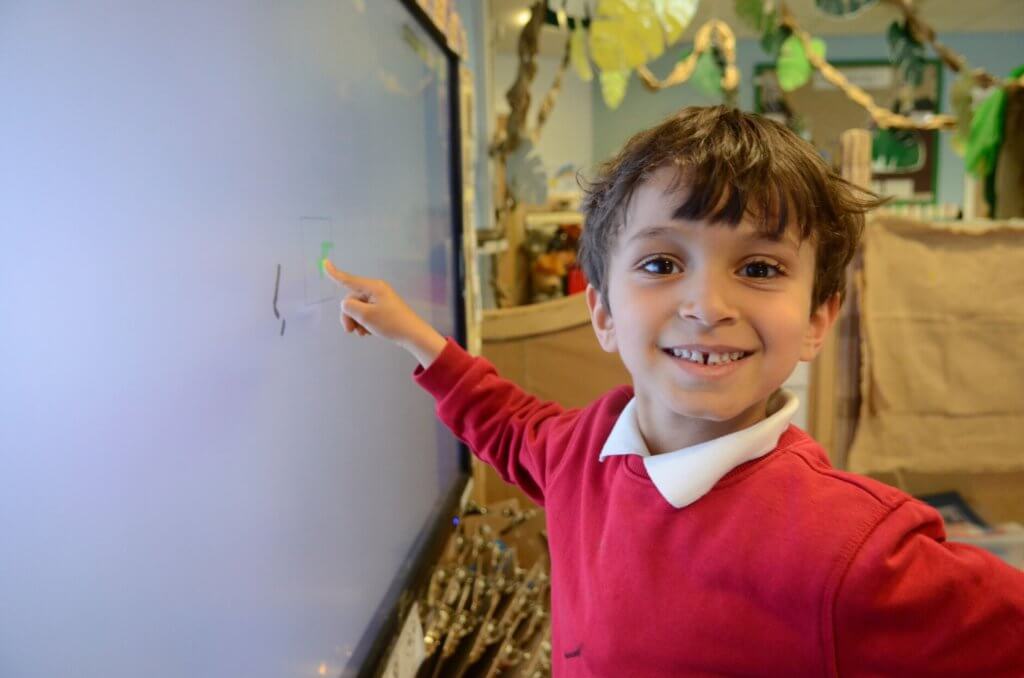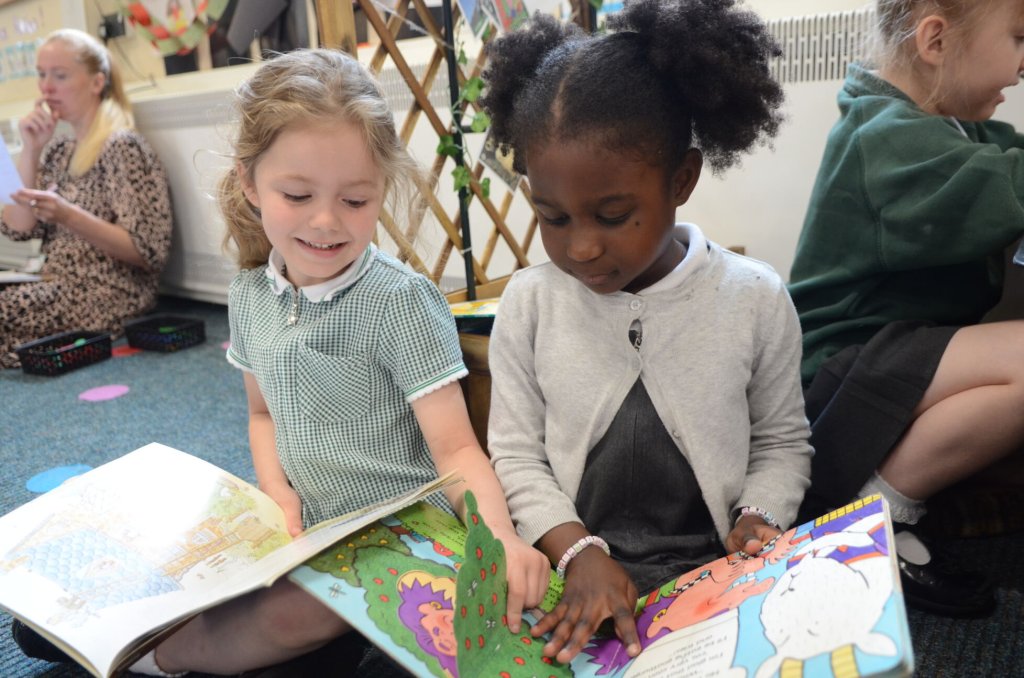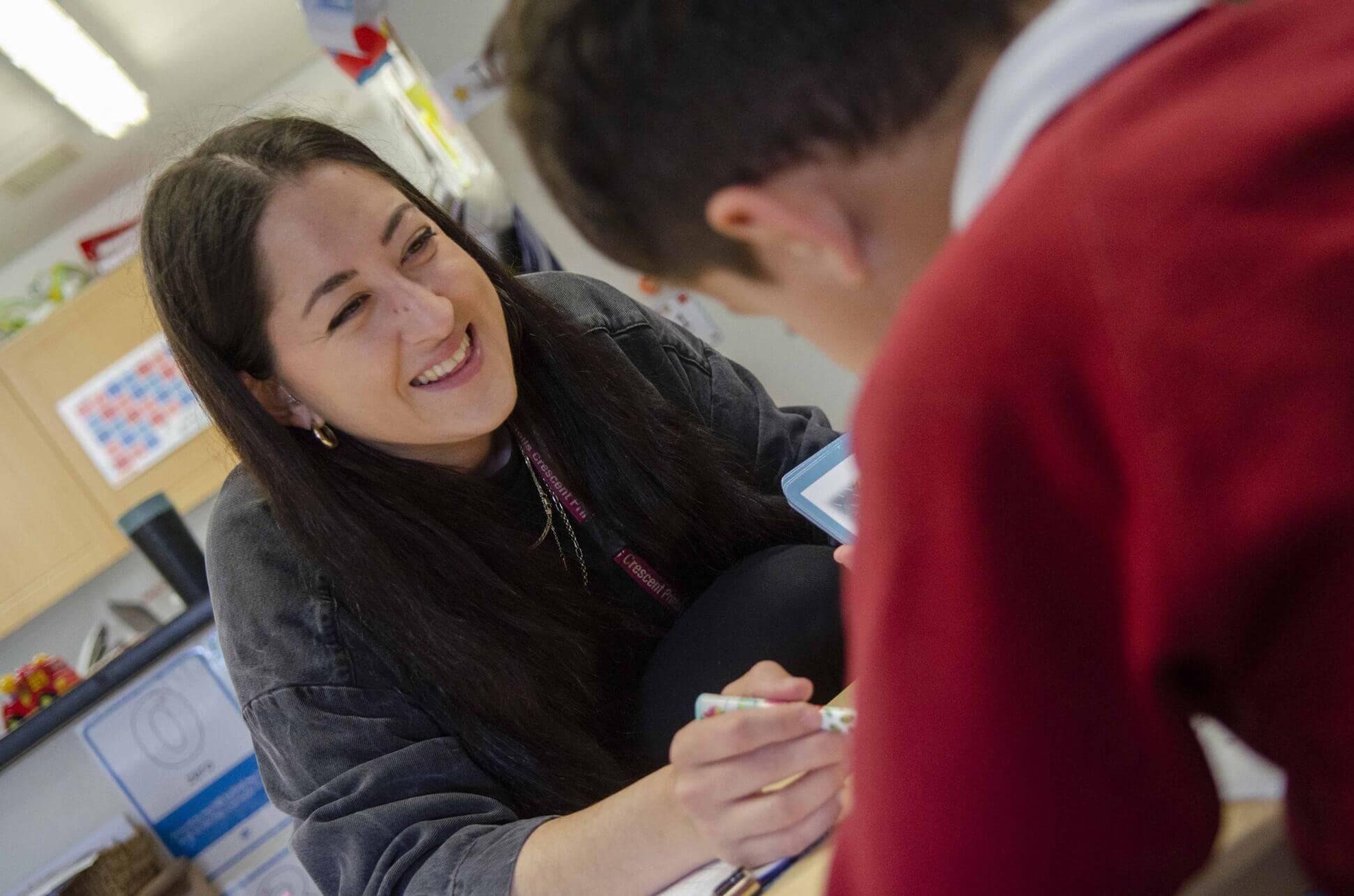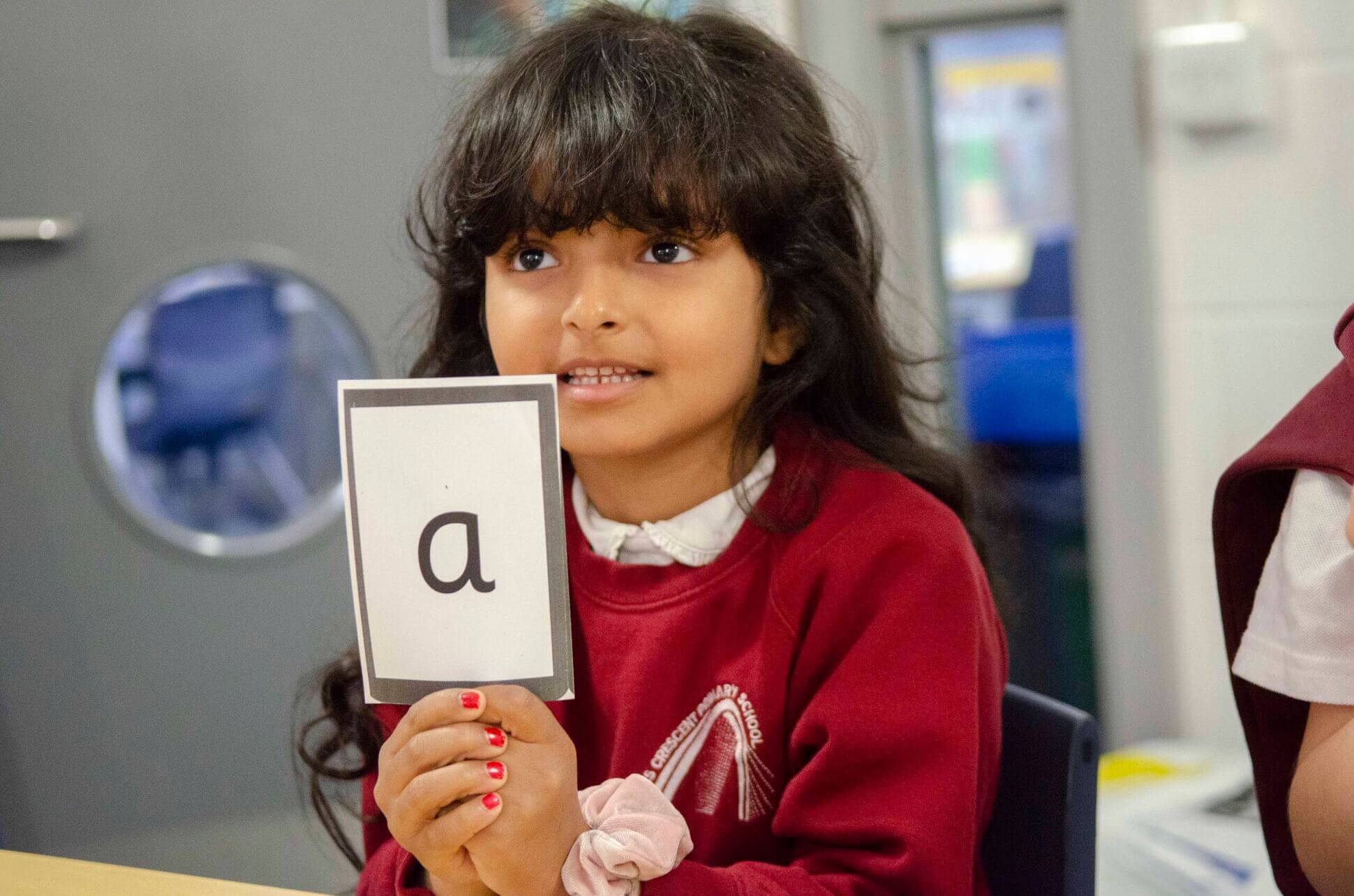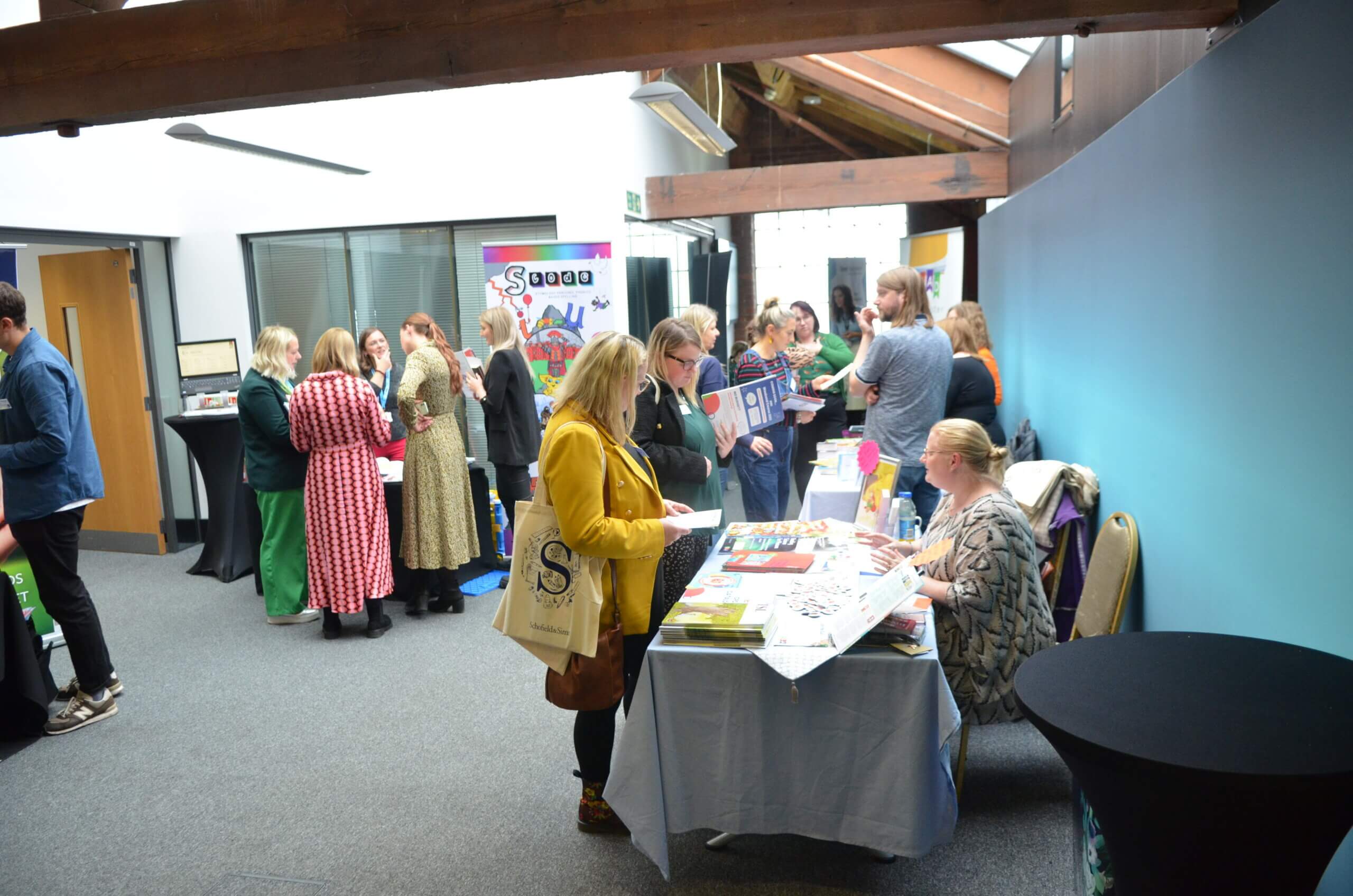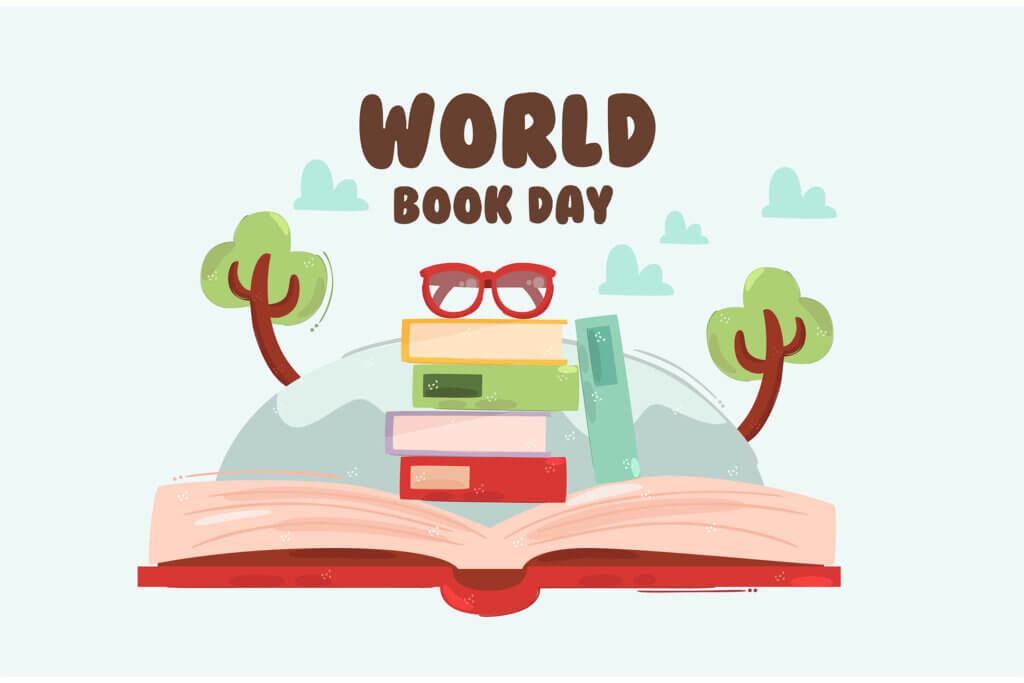World Book Day is undoubtedly a worthwhile celebration. Created by UNESCO on the 23rd of April 1995, the annual event marks a day for worldwide celebration of books and reading in over 100 countries around the globe.
“Reading for pleasure is the single biggest indicator of a child’s future success – more than their family circumstances, their parents’ educational background or their income. We want to see more children, particularly those from disadvantaged backgrounds, with a life-long habit of reading for pleasure and the improved life chances this brings them.” (WBD – 2022)
Taking place on 2nd March 2023, World Book Day can be thought of, by those on the outside, as a one-off event of silly costumes and loosely linked bookish fun… however most educators know that World Book Day is much more than a standalone event.
This blog will explore opportunities of how we can use World Book Day as a gateway to building passion for reading, whilst integrating research-based strategies; ensure its longevity and embedding an ongoing love of books and reading within your school. As World Book Day is a celebration of all books and authors, this blog will also look at additional ways in which the day can be used to showcase your children’s published pieces; sharing the same spotlight as other, more well known, published authors.
World Book Day offers huge opportunities for schools. If the approach is well-planned, meaningful, and sustainable, then schools can capitalise on the reading momentum the day kickstarts. With that in mind, I wanted to share the science behind the madness of my own approach to World Book Day.
My experience of World Book Day
The Build Up to World Book Day
As Literacy Lead, I oversaw the running of the day. Previous weeks were spent delivering teasers to the children, building up the excitement with constant prompts and reminders to both children and parents/carers including ideas for books and costumes. Book Tokens were given out in advance of the event and, as children started to trade the tokens in for their choice of books, the ripple effect carried across to other children. The children were asked to bring their books to school, encouraged to talk about their choice of book with their peers and to read them at any quiet time. Posters advertising World Book Day were strategically displayed around the building, focusing on heavy traffic areas of parent activity. The school website was updated with World Book Day appearing on the welcome page and it included photographs from previous years. (We did try and change tactics from dressing up in previous years, as we know it is not always the most popular option, but parental voice was strong and it was brought back in!)
Mystery books were then strategically placed on display outside each class. Each book was hidden, wrapped in plain parcel paper. The wrapped books displayed Alice in Wonderland style labels on them instructing the reader, “Do NOT read me.” This obviously created discussion amongst the children who were itching to disobey. The corridors buzzed with, “What IS the book inside?” Why can’t we read it?” The ‘mystery book’ strategy was designed to trigger the curiosity of the whole school, to engage all our children in meaningful discussions about books and coming to the same way of thinking: books are mysterious and exciting.
“If we treat books like they’re magical, kids will grow up believing that too,” Shanna Schwartz, lead senior staff developer at Columbia University Teachers College Reading and Writing Project.
World Book Day – The Assembly
The day started with a whole school assembly. All the children together, from Nursery to Year Six. The assembly set the timetable for the day and subtly introduced reading strategies that would be continued as a school. I then delivered the assembly in character. Leading up to the day, the children could vote on my costume. It was the same each year and, as my costume was requested and voted democratically by the children, they found the process hilarious.
I was Miss Trunchbull, the horrid Head Teacher from Matilda. It was a very appropriate costume as it was instantly recognisable. The character allowed me to take charge of the tight running of the day by adopting her strict persona – every child found this very amusing. I have since met many school leavers who will still refer to my World Book Day costume.
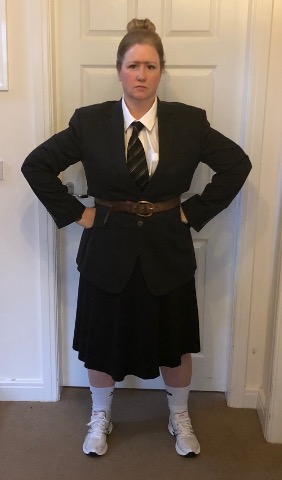
The assembly, lasting roughly 30 minutes, was the most important part of the day. Parents and carers were invited to come along, in person or via Zoom. It was a joyous occasion to springboard the actions of the day and reading culture at our school.
The assembly, and the outcomes of the day, were linked to action points on our School Development Plan and was used to:
- Celebrate the efforts made by the children
- Set the expectations for the upcoming day and beyond
- Deliver constant, but subtle, reminders about how amazing books are by immersing children in stories, allow them and their parents/carers to feel the thrill of reading together as a whole school
- Celebrate all children as authors with our ‘Little Library’
- Introduce Reading, Discussion and Review strategies the children would continue to use
- Explore the whole school writing event that the school would be undertaking across the following weeks
- Announce the date for our showcase assembly where the work produced by the children would be displayed and celebrated
We know not all schools choose to dress up on World Book Day, but after trying to stop the dressing up one year, we compromised and gave our children the choice of dressing up as a book character, a character from a non-fiction book or to create something based on their favourite book. We always provided resources to families, if needed, and promoted cost effective ways for all families to get involved. It really was an incredible sight which prompted conversations around the love of so many different books.
The Little Library
During the assembly, the children’s attention would be brought to the ‘Little Library’ at the rear of the room. Before World Book Day, published pieces of writing from the children were collected and displayed in our ‘Little Library.’ When children write for real audiences and with purpose their write more and better as they know it will be read by someone beyond the classroom. (Everybody Writes Project 2011) For more information on this please look at a previous blog on Making Writing Powerful: Writing with Purpose. Typically, all children’s published pieces were placed in book corners in classrooms or within areas of the school library. On this day, we pulled all the children’s published writing together under the title of ‘Little Library.’
Children and parents were reminded that they were welcome to ‘loan’ the published pieces we had on offer. This then provided me with the perfect link to announce our upcoming class visits (previously arranged) to our local Library where they could loan more amazing books! As a school, we developed useful links with our local library, and each class was allocated a time to visit and parents and carers were encouraged to attend with their children, wherever possible.
Children and parents were reminded that they were welcome to ‘loan’ the published pieces we had on offer. This then provided me with the perfect link to announce our upcoming class visits (previously arranged) to our local Library where they could loan more amazing books! As a school, we developed useful links with our local library, and each class was allocated a time to visit and parents and carers were encouraged to attend with their children, wherever possible.
“Libraries are more than just repositories for books – they play a broad and valuable role in their communities. Public libraries are trusted spaces, free to enter and open to everyone. In them, people can explore and share reading, information, knowledge, and culture.” (Arts Council England)
Sharing Stories
After sharing the Library Visit information, I would then read a story to the school. The choice of book was purposeful and strategic; it was always a picture book chosen because of its rhythmic text that all children from EYFS to Y6 could join in with. Within minutes, the whole school would take delight in joining in with my reading and be chanting along adding to the shared celebrating and enjoyment of reading.
This encouraged the children to participate in Echo Reading, demonstrated by me reading one sentence then children copying exactly my tone and intonation back. This quickly turned into Choral Speaking where the children and I read the line together as they gained in confidence.
“…simply reading aloud to the children (despite doing so in a perfectly fluent and engaging fashion) did not support their comprehension development as much as we had anticipated. Because we found this aspect of our study so interesting, we explored it repeatedly during our trials. Through doing so, we reaffirmed our observation that echo reading (where a child has the opportunity to hear the words on the page spoken by their own voice following modelling by an ‘expert’ reader) allowed for better comprehension, compared to when the text was simply read aloud to the children.” (HFL Education 2017)
In addition to this, further strategies to develop fluency, like Choral Reading help children grow in confidence and are more motivated to read. Because children are reading aloud together, children who may ordinarily feel self-conscious or nervous about reading aloud have built-in support and can draw upon this when next asked to read aloud.
Individual teachers
After the whole school reading, attention then turned to each class. The class teachers would bring along their favourite book and explain why they loved it so much. The books had been agreed on beforehand at a Staff Meeting to make sure there were copies of the books readily available in our environments so that the children could access easily as part of reading for enjoyment.
The intention behind this was so the children could see the staff as readers. Interestingly, research carried out by the Open University found that when asking Primary Teachers about their favourite books many listed childhood texts.
“The overwhelming majority of respondents (over 60%) recorded popular fiction as their favourite childhood reading. Blyton and Dahl were by far the most mentioned authors with over 200 mentions each of various titles.” (OUP Research Online 2008)
This research highlighted how reading influences, and loves, during our Primary School years are carried with us into adulthood. We didn’t want to repeat history with the same texts (however much we might have loved them as children) so we all read new books; shared recommendations and made choices of high-quality literature in the hope that the children in our school always remembered the texts that we introduced to them and, in the future, pass on this love of books to their own children.
The Big Reveal
The next stage of the assembly was the big reveal! The books that were strategically displayed around the corridors were now at the front of the assembly.
Each class teacher would come to the front to hold their book and the wrappings were revoked together. The excitement this created around the books was essential. The book is seen as a gift, it is seen as being mysterious and magical. Something to be remembered. The books were all the same and would be used by each class as part of our Whole Class Writing project over the next few weeks.
Whole School Writing Project
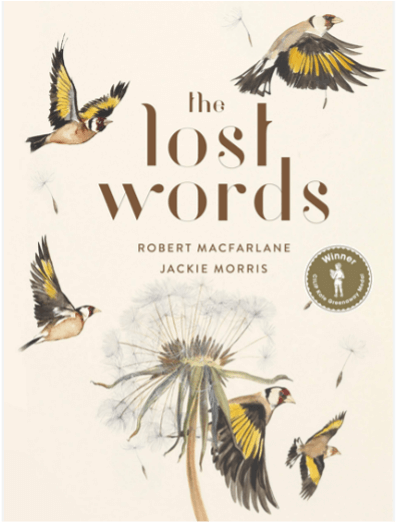
Following the reveal, the Whole School Writing Project was presented to the children. One year, as Vocabulary was a focus my Literacy Action Plan, I chose the amazing book by Robert Macfarlane and Jackie Morris ‘The Lost Words.’ A book of spells.
‘Once upon a time, words began to vanish from the language of children. They disappeared so quietly that at first almost no one noticed – until one day, they were gone.
But there is an old kind of magic for finding what is missing, and for summoning what has vanished. If the right spells are spoken, the lost words might return…’
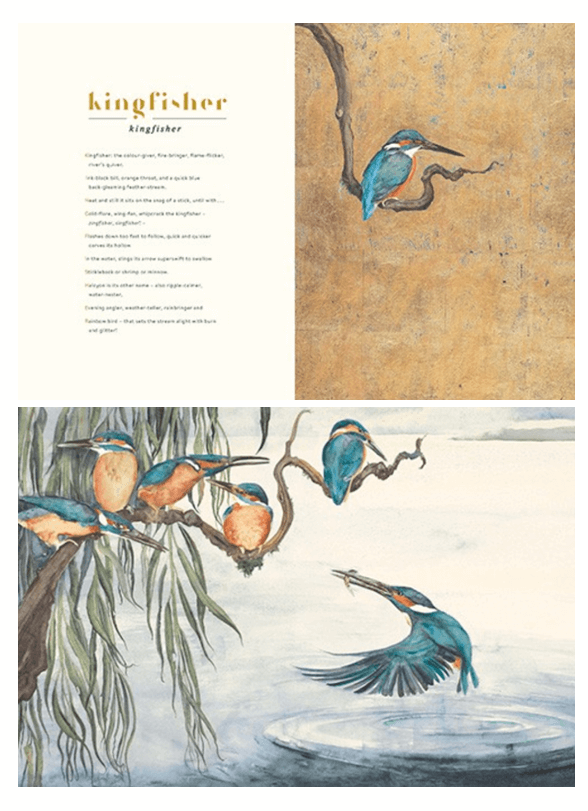
Before the assembly, teachers were allocated a page from the book and given time to collaborate and share ideas about how they would adapt this to meet the needs of their class. All activities were planned to work towards the end outcome where each class would create a piece of poetry using a word that is in danger of becoming lost. The Whole School Writing Project was then revisited in a future assembly where each class had the opportunity to display and present their poem. This hugely incentivised all the children as they were fully aware that their writing was being published and shared.
Creating Book Reviews
All the books the class teachers had shared during the assembly were prominently displayed in the school library for the pupils to leaf through, alongside a review written by the class teacher. The practice of writing quality book reviews was already embedded at the school, but the teacher’s review provided an excellent model for the children, a reminder of our four-stage process:
- Introduce the book
- Outline its contents
- Highlight sections of the book by selecting chapters or themes of interest
- Give a detailed evaluation
We worked hard as a school to develop children’s skills in writing effective book reviews. By fostering a love of books all year round with children, and the desire to recommend and share their thoughts on what they had read with others, we created a reading culture across the school. Over time, through discussion of books and the development of strategies, our children were becoming more independent, confident readers; skilled in not only identifying books they would like but in recognising books that others may like too.
World Book Day and Beyond
The ideas shared from my experience are just a few ways in which reading and writing for pleasure can be promoted from the platform of World Book Day. To ensure this is used as a spring board towards a lifelong love of reading, our ‘Reading For Pleasure Alphabet’ of ideas is available to download for free.
Although World Book Day is one day, building on the excitement and enthusiasm can encourage all readers to see books as precious and worthwhile. It ignites the spark, and, if kept well-tended through careful planning and seized opportunities, the fire for reading will burn forever.
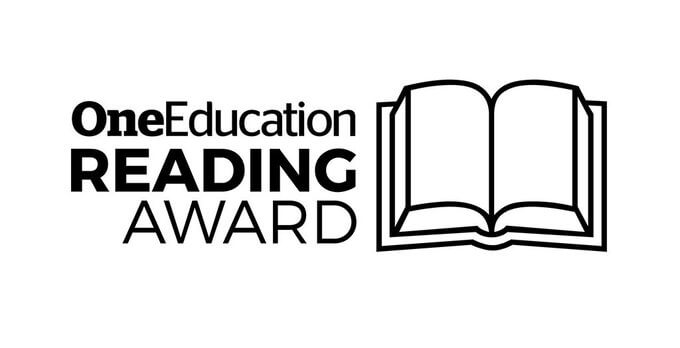
To showcase what your school already does for reading, consider taking signing up to One Education’s Reading Award. It is the only Reading Quality Mark that supports schools with the development of their entire Reading curriculum. By achieving the Reading Award, schools can show parents, governors, and other stakeholders the priority that they give to reading. The award also provides schools with access to a wealth of resources that support with developing a reading culture in school.

If you want to learn more about how to effectively lead Literacy in your school come along to our termly Literacy Leader Network Meetings. Book yourself a place on the summer term session today, where the focus is Reflecting on the academic year and future action planning.
In addition, One Education offers Whole School Reading and Writing support, activities, and planning. If you are interested in finding out more please take a look at our website or contact simone.nixon@oneeducation.co.uk
